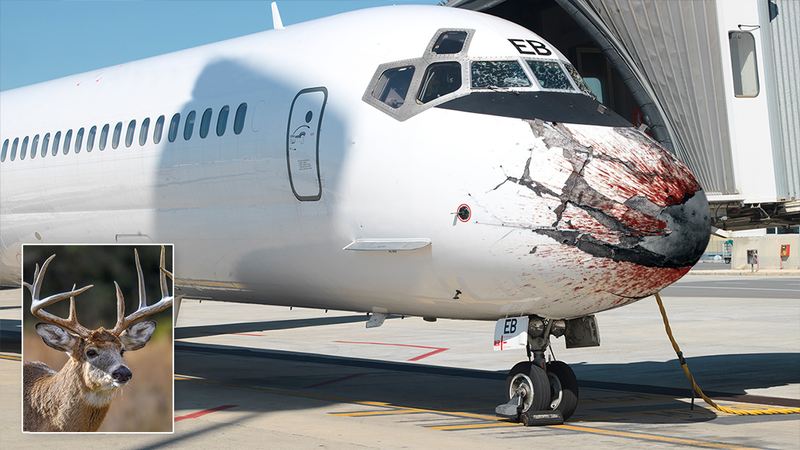Reading time <5 min.
Darkness comprises roughly half of every day, but that’s no reason to avoid flying at night. – Bill Cox
No matter what some allegedly old pros may tell you, flying at night definitely isn’t the same as aviating in daylight. – Bill Cox
Night Flying has its attractions—and its detractions. There’s less traffic and lights are visible from far, no glare from the sun, well-illuminated cockpit makes instrument scanning easier, cities stand out from surrounding terrain, and airports and traffic are easier to locate with their telltale beacons.
Accident statistics suggest that flying by night accounts for about 10% of the general aviation accidents, but 30% of the fatalities. The airplane doesn’t know its dark, so the problems of night flying are more related to pilots than airplanes.
Here are certain tips to make night flying more simple, enjoyable, and safer.
Flight Planning and Preflight
Preflight Checks. Preflight has often been touted as the most important aspect of a flight, and that function obviously becomes more difficult at night. Pilots often tend to skip some parts of the preflight when they may have to wrestle with a flashlight, a fuel cup, and a ladder in inadequate light conditions. For that reason, either carry out preflight in the daytime or at a place where sufficient lighting is available to perform the task. While carrying out preflight in artificial light, ensure you arrive early than usual as this will take more time as compared to day time.
Artificial Light. When natural light isn’t available, you’ll need plenty of artificial light sources to operate in the dark. Always carry a flashlight, preferably ones that have a beam adjustable between wide-angle and spot. The LED variety is great. Always carry one standby flashlight and ensure that batteries are either new or fully charged. Keep them handy especially where you can find them while strapped to your seat. The idea being able to locate them in complete blackout eventuality.
En-route Planning. Smart aviators pay more attention to route while flying at night. I recommend choosing a route that overflies airports and navaids which are available at night which means a slightly longer route rather than ‘Direct-To’. Additionally I recommend higher cruising altitude at night which will give more time to restart the engine in case of failure and to carry extra fuel reserve if possible. High ways and big towns are good beacons for navigation by night but they can be disorienting also. Always cross-check with your compass and navigation aids. Avoid jumping to conclusions.
Oxygen. If you are cruising above 5000 ft consider carrying a portable oxygen bottle, especially if you’re over the age of 50. Your mental function won’t be as sharp in the dark, and everyone’s eyesight degrades from blood-oxygen deprivation when you pass above 7,000 feet. Even young pilots will begin to lose peripheral vision above 7,000 feet. The effect is insidious, however, and you’re not liable to notice it.
Cockpit Light and External Light. Everything becomes more difficult when you’re flying at night, especially if you’re piloting an older airplane with a weak bulb or two in the instrument lights. Add that consideration to your preflight check, and consider whether you really need to fly if some noncritical instrument lights are sporadic or inoperative. Ensure TCAS, Navigation lights and anti-collision lights are serviceable and switched ON. In addition you would require serviceable taxy and landing light for ground maneuvering and approach. Check their serviceability and alignment prior to engine start.
I recommend all ab initial pilots to further discuss these aspects with their flight instructors.
The article is further continued in two more parts.
Be safe.
To access , click here Part 2 and Part 3.



